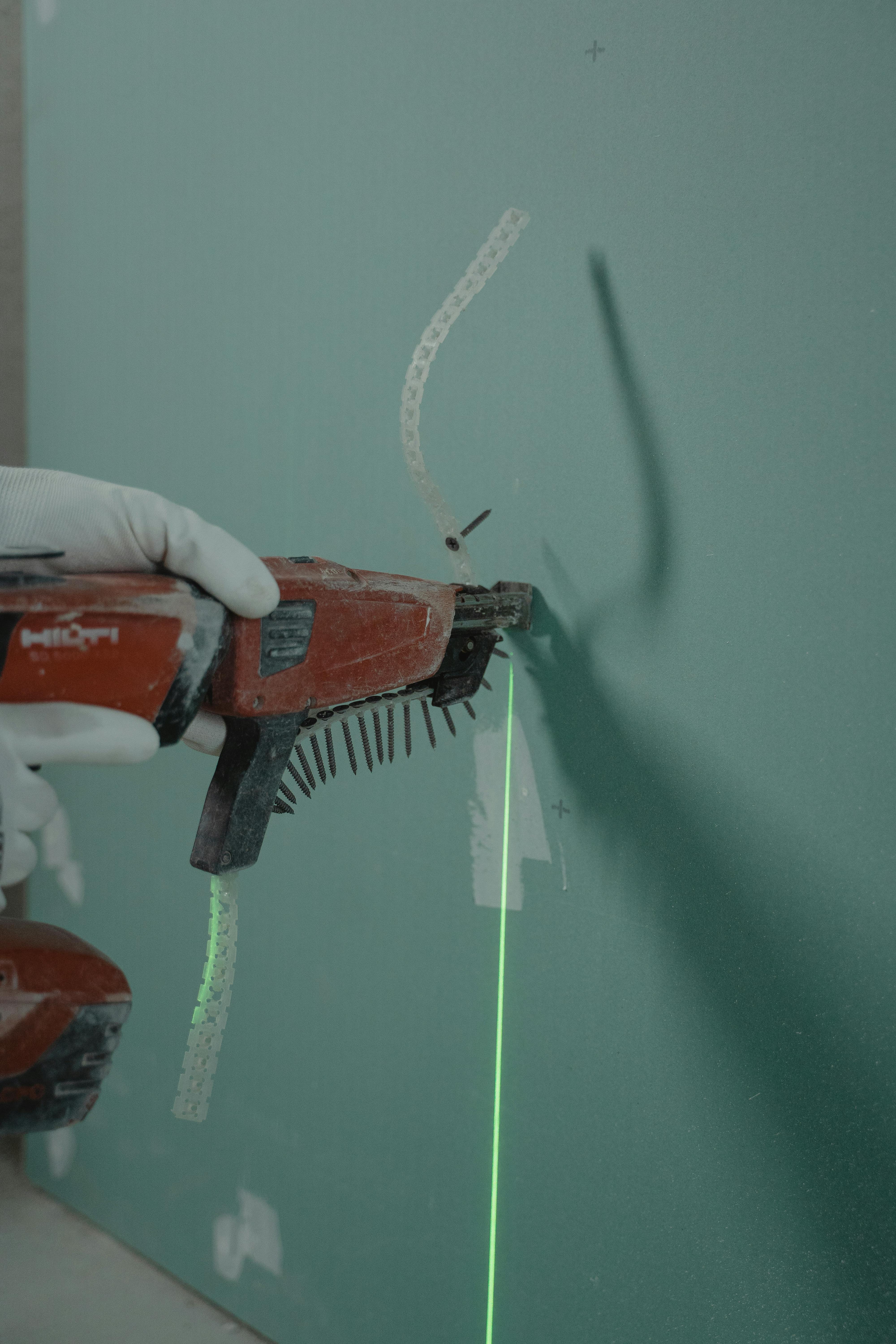
Introduction
The rise of do-it-yourself (DIY) projects in home improvement is astounding as homeowners seek to add a personal touch to their spaces. Home improvements are not only pleasing aesthetically but also add value to the home. However, the unfamiliarity with different tools and lack of professional experience can expose DIY enthusiasts to various safety risks. This comprehensive guide sheds light on essential safety equipment required for ensuring personal safety during home improvement tasks.
The Importance of Safety in DIY Home Improvement Projects
Whilst engaging in home improvement projects, one must prioritize safety as the tasks often involve operating heavy machinery, climbing up ladders or dealing with potent chemicals. Mishaps can occur at any time, and these can lead to serious injuries if you aren't equipped with the proper safety gears.
Safety equipment provides an added level of protection that can shield you from potential harms such as falling debris, sharp objects or harmful chemicals. That's why, it’s essential to don the proper safety equipment, even if they may seem cumbersome or unnecessary at times.
Key Safety Equipment for Home Improvement Tasks
1. Safety Goggles:
Eyes are extremely vulnerable during DIY tasks. Whether it's sawdust, debris, or paint splashes, your eyes need protection, which makes safety goggles an essential piece of equipment. Ensure you invest in a good pair that fits securely and comfortably to protect your eyes from any small particles or chemical splashes.
2. Protective Gloves:
When handling tools, paint, or any other construction materials, your hands are at risk of injury or irritation. This is where protective gloves come in - they shield your hands from any potential damage while ensuring you maintain a good grip on your tools.
3. Safety Helmet:
In case of a fall or debris, a safety helmet will shield your head from potential severe injury. Helmets also come in diverse types according to the nature of jobs like electrical, rescue, or construction, making them a must-have safety gear for an array of DIY home improvement tasks.
4. Ear Protection:
DIY activities typically involve noise from machinery or tools—consider getting earplugs or earmuffs to protect your hearing when dealing with loud noises.
5. Respirator:
When dealing with potentially harmful substances, it is essential to protect your respiratory system. Respirators are crucial for tasks where there is dust, paint fumes, or other hard particles you could breath in.
6. Safety Footwear:
Safety boots keep your feet safe from impacts such as falling objects or stepping on sharp items. They also offer stability and support when you’re standing, walking or climbing during your tasks.
7. Safety Harness:
For DIY projects that require heights, a safety harness can literally save your life. This equipment should be used when working on ladders or rooftops.
Conclusion
Investing in safety equipment is an absolute must when embarking upon DIY home improvement projects. These items protect your body from injuries and give you confidence to work on your projects without safety concerns, thereby making home improvement an exciting and rewarding experience. Remember, safety equipment loses integrity over time, so regular checks and replacement when necessary is critical. Always prioritize safety when wielding power tools or handling construction materials. Your home is a haven, so keep yourself safe while making it look fabulous.